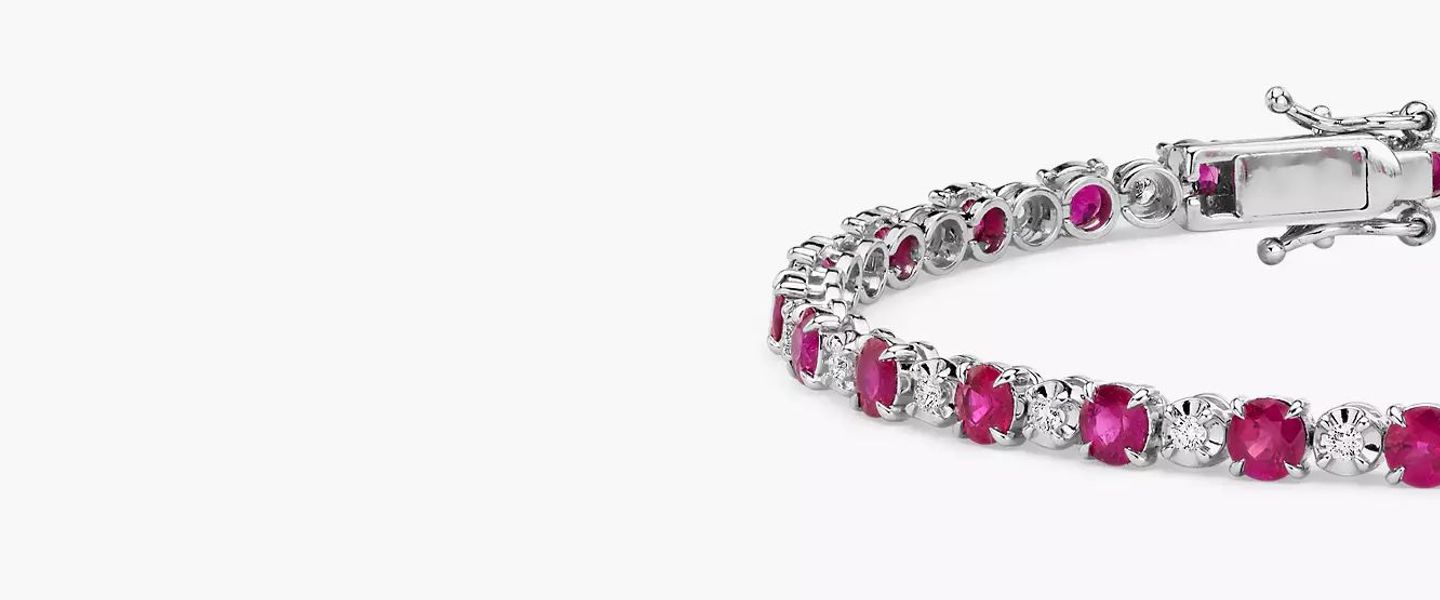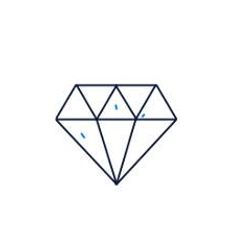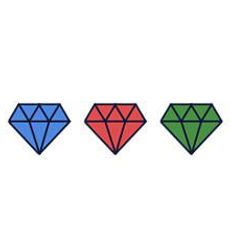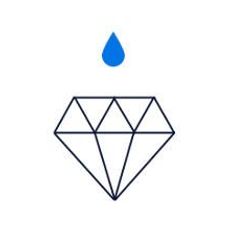Terms and conditions
What's the Best Gemstone Size?
Preferred gemstone size is a matter of personal taste. Larger stones make a bold statement, smaller stones have a more subtle charm and sizes in between offer fantastic style versatility. The meanings of gemstones can also come into play when choosing a gemstone that best suits you.
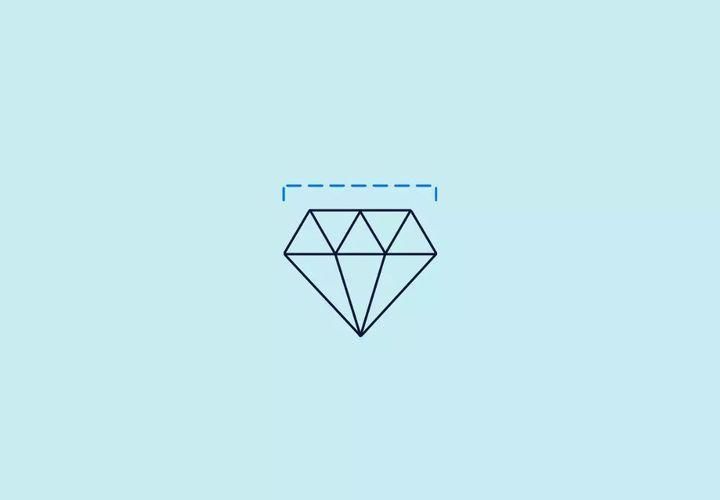
WHAT'S IN THIS GUIDE
EXPLORE OTHER GUIDES
How Gemstone Size is Measured
Gemstone size is measured in carat weight and surface dimensions. Carat weight indicates how heavy a gemstone is, but it’s not the best measure of a gemstone's visual size. That’s because different gemstones have different densities, which means that two gemstones with the same carat weight won't necessarily have the same proportions. For example, a two-carat ruby is smaller than a two-carat diamond, but it’s denser, so it weighs the same as a less-dense diamond.
In general, larger gemstones are more valuable than smaller gemstones. You’ll often pay less by buying more, smaller gems that add up to a certain weight than a single gemstone of the same weight. For example, four ½-carat emeralds or rubies will cost less than a single, two-carat emerald or ruby.
Gemstone dimensions paint a more accurate picture of a gemstone's size as viewed from above. You can visualize how much of a gemstone is showcased in its setting by noting its diameter, length or width.
Learn More About Gemstone Characteristics
Explore Education by Category
Gemstone Buying Guide
Gemstone Characteristics
Gemstone Engagement Ring Guide
Gemstones vs Diamond Engagement Rings
Gemstone Meaning
Pearl Buying Guide
Birthstones
Care and Cleaning
Diamond Education and Guidance
Jewelry Education
Ring Education
Only at Blue Nile
When it comes to celebrations we strive to make your experience as
brilliant as our jewelry with the perfect pieces for every occasion.
Meet our personal jewelers, explore bestselling styles, pick up an online order, arrange to preview something from our online collection and so much more.
Book a fun and interactive appointment with a diamond expert and get up-close views of diamond and jewelery options from the comfort of your own home.
Amazing Value
The highest-quality design at a great price.
Peace of Mind
30-day returns, diamond price-match guarantee and more.
Expert Guidance
The original online jeweler since 1999.
Inspiring Assortment
The perfect pieces for every occasion.
